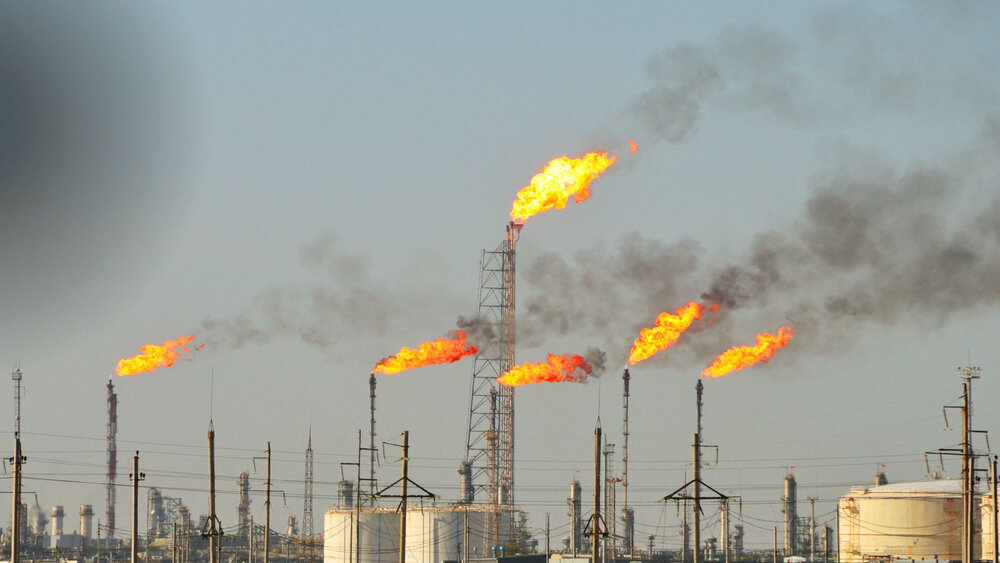Oil industry’s gas flaring down 25%

TEHRAN – Managing Director of National Iranian Oil Company (NIOC) says the oil industry’s flare gas waste in the previous Iranian calendar year (ended on March 19) declined by 25 percent compared to the preceding year.
In a message commemorating World Environment Day, Masoud Karbasian said: "One of the important measures taken by the company in the field of environment is to prepare reports on the emission of flare gas wastes, which shows a 25 percent decrease compared to the previous year."
He pointed to the NIOC’s programs for environmental protection in the previous year and added: "One of these measures was the implementation of a project to collect 18 to 20 million cubic meters per day of flare gases by National Iranian South Oil Company (NISOC).
According to the official, Maroon Petrochemical Company and Persian Gulf Bid Boland Gas Refinery invested in the project with the aim of supplying petrochemical industry’s feedstock until the Iranian calendar year 1401 (starts in March 2022).
In order to achieve a desirable level of environment protection and sustainable development, NIOC has prepared various programs, the official said.
Realizing these programs is not possible except with the cooperation and coordination among different organizations in the industry and with the support of managers, workers and employees of this industry, he stressed.
Back in August 2019, Hamid Chitchian, a former minister who currently advises the government on energy issues, said the country had major projects planned to prevent flare gas waste.
According to Chitchian, at the time about 16 billion cubic meters (over 52 billion cubic feet) of flare gas was burning in the country that could be used for various economic purposes, including power generation.
Later that month, the NISOC Head Ahmad Mohammadi said that the country’s southern oil fields will stop wasting flare gas within three years.
According to Mohammadi, the controversial practice of burning off gases through stacks at oil fields, will stop by 2022 in at least four locations south of Iran based on deals signed with two major Iranian companies.
Commercializing flare gas would enable Iran to diversify energy resources for power plants and industrial units while it can also be exported to other countries.
EF/MA
